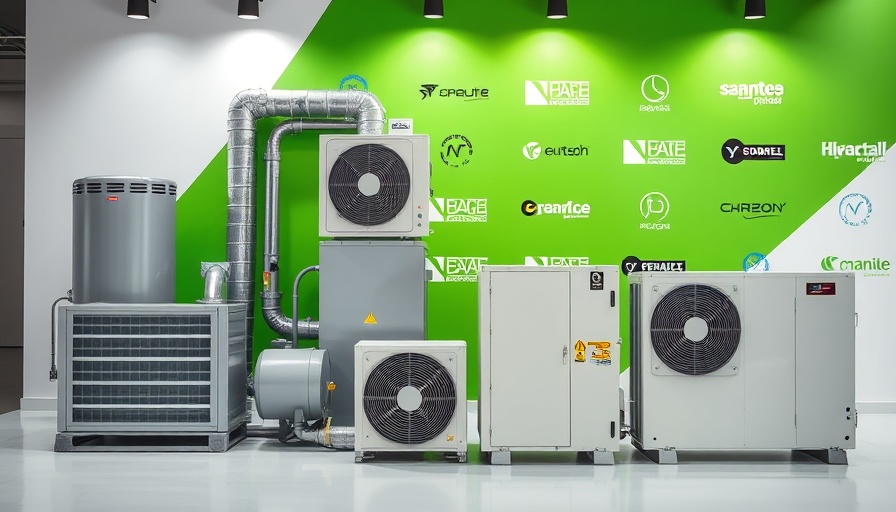
Understanding A2L Refrigerants: A Shift in HVAC Industry Standards
The HVAC industry is on the verge of a significant transformation with the transition to A2L refrigerants, a designation referring to mildly flammable materials. This change is not just about compliance but also about ensuring safety and maintaining efficiency in a world increasingly focused on reducing environmental impact. With refrigerants like R32 and their improved global warming potential, HVAC professionals have the opportunity to meet compliance demands while enhancing their service protocols.
Is It Time to Upgrade Your Tools?
As technology and regulations evolve, many technicians may wonder whether their existing HVAC tools will suffice. The good news is that most current tools are still compatible with A2L refrigerants, provided they meet certain manufacturer specifications. It’s crucial to check compatibility to avoid mishaps during service, as spark-free designs for equipment like vacuum pumps and recovery units become necessary.
The Role of Innovation in Tool Development
Manufacturers are stepping up their game by innovating tools specifically designed for A2L compliance. Companies like NAVAC are leading the way by introducing products that cater to this new requirement—think specialized leak detectors that effectively work with both A2L and A3 refrigerants, along with intuitive recovery units. This innovation is vital in providing tools that match the required safety standards without sacrificing efficiency or user experience.
The Importance of Safety in the Transition
With the introduction of A2L refrigerants, safety becomes paramount. Understanding how to handle these substances with the right tools can mitigate risks associated with flammability. The industry emphasizes ‘intrinsically safe’ tools designed from the get-go to work with A2L materials, thereby reducing the chances of incidents during installations or maintenance. Always having updated manufacturer guidelines on hand can further ensure that compliance is achieved effectively and efficiently.
Future-Proofing Your HVAC Services
As HVAC systems begin to incorporate A2L refrigerants more widely, being proactive in preparing for compliance shifts not only reflects well on an organization but also builds trust with customers. Technicians should invest in training to understand A2L properties, safe practices, and the latest tools on the market. Having the right approach toward these changes not only leads to compliance but fosters a long-term commitment to service excellence in an evolving industry.
In summary, as HVAC professionals embrace A2L refrigerants, understanding the necessary tools and ensuring their compatibility with these new standards is essential. Brands like NAVAC are already paving the way with innovative equipment tailored to meet safety compliance while enhancing performance. Embrace this transition with a balanced focus on safety, innovation, and education, and find yourself ahead of the curve.
 Add Row
Add Row  Add
Add 




Write A Comment